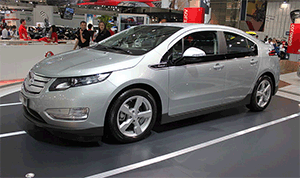- Joined
- Dec 31, 2016
- Messages
- 11,375
- Reaction score
- 2,650
- Gender
- Male
- Political Leaning
- Independent
I read it and ignored it because it's bogus pipe dream nonsense.
Typical unscientific rhetoric. Please provide details, showing with calculations, what is not achievable. I claim every aspect is 100% achievable. Prove me wrong!



